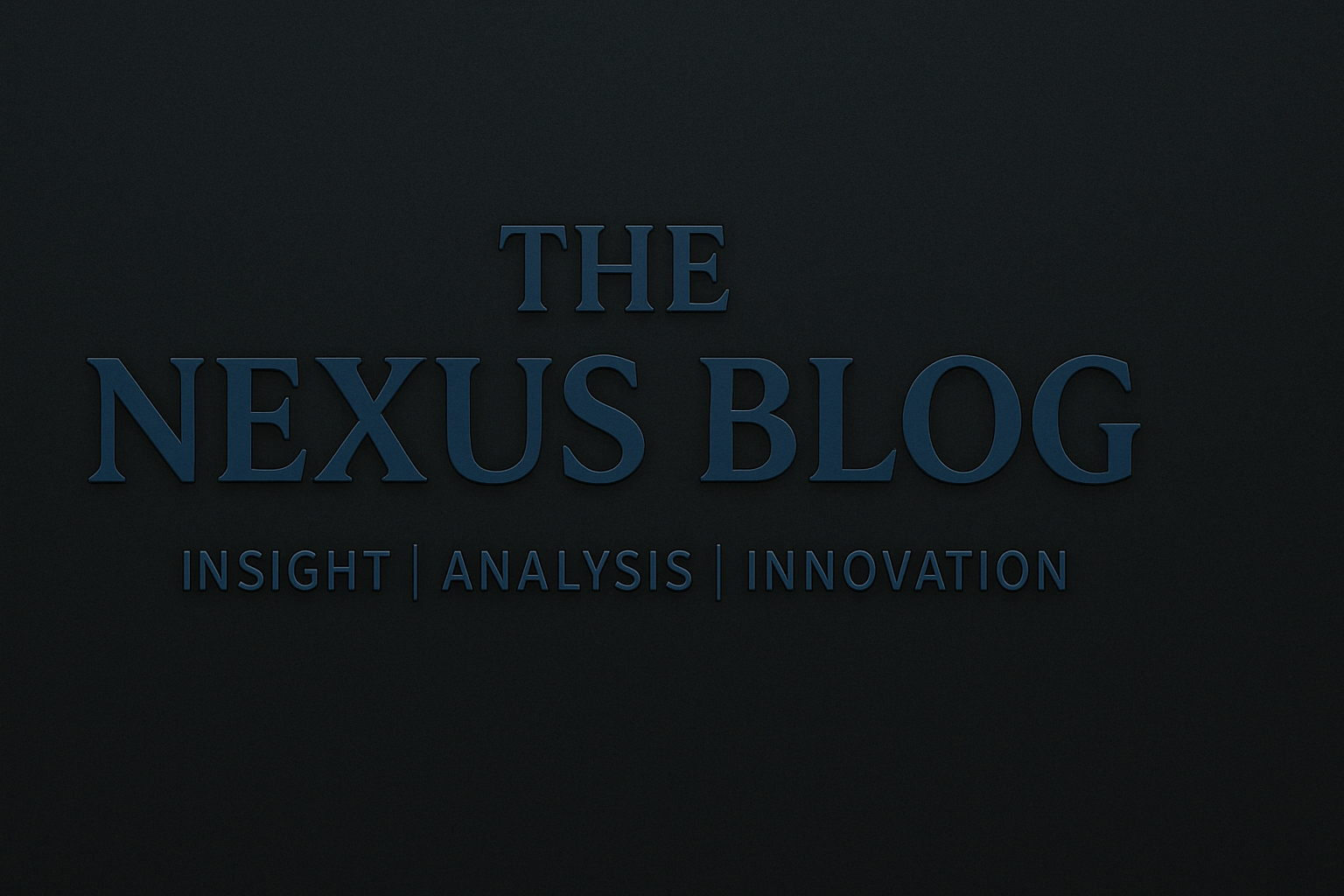Operation Echo Chamber: How Algorithms Are Becoming Intelligence Actors
08/23/25
By The Security Nexus
From Recommender to Recon: The Rise of the Digital Watchers
We live in an age where the systems that suggest your next binge-watch or shopping item are also capable of predicting political unrest, identifying public anxiety, and even shaping national narratives. These aren’t science fiction tropes—they are the silent, evolving realities of recommendation systems, sentiment analysis, and machine learning algorithms operating across our digital ecosystem.
These systems, often framed as helpful “digital concierges,” use behavior trajectory data—essentially detailed mappings of your digital footprints—to offer personalization. But this same data can be repurposed for surveillance, manipulation, and even covert influence. This is the dark edge of the double-edged sword that defines today’s algorithmic landscape.
Digital Twins and the Behavioral Panopticon
Scholars like Zha, Lu, and Yan have highlighted how recommender systems construct behavior trajectories that go beyond browsing histories. These include metadata like how long you hover over an image, the frequency of switching between apps, and even your geographical movement. Over time, this creates a “digital twin” that reflects not just your habits but your emotions and vulnerabilities.
The original purpose was benign: reduce information overload and enhance user satisfaction. But when that detailed understanding becomes a tool for psychological profiling, it no longer remains neutral. It becomes strategic.
Sentiment Analysis and Predictive Surveillance
The shift from personalization to intelligence gathering is fueled by advances in sentiment analysis (SA). Early SA models relied on binary distinctions—positive or negative. Today, deep learning systems like LSTM, CNNs, and BERT have allowed sentiment models to grasp nuanced emotions like fear, anger, or hope.
These systems are being used to:
• Monitor real-time crises using social media (Alam et al. achieved 0.93 precision in disaster tracking).
• Detect public security threats including riots, disease outbreaks, and terrorism.
• Analyze geopolitical moods during events like the Russia-Ukraine war by parsing emotional language in tweets.
What’s more, these models are increasingly funded and deployed by defense agencies, including the U.S. Air Force, DARPA, and DHS, not just for analysis—but for prediction.
From Monitoring to Manipulation
Perhaps most unsettling is the shift from passive surveillance to active influence. Jordanian national security experts warn of social media being weaponized to:
• Spread disinformation
• Provoke civil unrest
• Recruit for espionage
• Manipulate youth to radicalize against their governments
This is textbook hybrid warfare, blending conventional threats with digital subversion. The platform designed to connect now doubles as a vector for state and non-state manipulation.
Even traditional espionage is adapting. Fake profiles on platforms like LinkedIn and Twitter are being used to target government and industry personnel. Algorithms assist by identifying susceptibility and timing engagement for maximum effect.
Social Media as Strategic Infrastructure
The rise of “Twitter diplomacy” and “algorithmic statecraft” shows that political leaders are not just aware of these tools—they’re wielding them. By 2014, 76% of world leaders had an active social media presence, using it to bypass traditional media filters and directly shape both domestic and international agendas.
Meanwhile, predictive models are being trained to forecast civil unrest before it unfolds. From the EndSARS protests in Nigeria to unrest in Indonesia and Brazil, machine learning is becoming a staple of preemptive statecraft.
Ethical Abyss: Who Governs the Digital Governor?
As we drift deeper into this algorithmic age, we face urgent ethical dilemmas:
• These systems are embedded in power dynamics. Grill warns they often target threats to power rather than listen to marginalized voices.
• Data bias is real. Algorithms built on social media data risk excluding the digitally voiceless—rural populations, the elderly, the poor.
• Feedback loops create echo chambers. The very problem algorithms were built to solve—cognitive overload—may make us more susceptible to emotionally charged disinformation.
These systems, no matter how sophisticated, are only as responsible as the humans who design, deploy, and regulate them.
Conclusion: Intelligence by Proxy
The conclusion is as provocative as it is clear: algorithms are no longer passive tools. They are active participants in the national security landscape. They aggregate, analyze, and now, influence. Whether we like it or not, they’ve become intelligence actors in their own right.
But the final question isn’t technical. It’s ethical and political.
Who controls these systems?
Who is accountable?
And will we ensure that the future of influence is one we debate—rather than one we inherit silently?
⸻
📚 Sources Cited
• Zha, Lu, and Yan on behavioral trajectory privacy and recommender systems.
• Alam et al. on social media disaster monitoring.
• Oladele and Ayeterin on sentiment classification techniques.
• Arora, Arora, and McIntyre on cybersecurity and chatbots.
• Grill, Gabriel. “Social Media as Surveillance Infrastructure.”
• Barbra and Zaitsoff on Twitter diplomacy and liberation tech.

